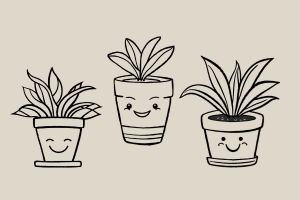
The Ultimate Guide to Starting a No-Dig Garden
Introduction to No-Dig Gardening
No-dig gardening is a method that focuses on building healthy soil without disturbing its structure. It involves layering organic materials on top of the soil to create a fertile growing environment for plants. This approach minimizes soil compaction, promotes beneficial soil organisms, and reduces weed growth.
Benefits of No-Dig Gardening
1. Improved Soil Health: No-dig gardening helps maintain the natural structure of the soil, leading to better water retention and nutrient availability for plants.
2. Weed Suppression: By smothering weeds with layers of organic matter, you can reduce weed growth in your garden beds.
3. Time and Effort Savings: Once established, no-dig gardens require less maintenance and are easier to manage compared to traditional tilled gardens.
Steps to Start a No-Dig Garden
1. Selecting the Location
Choose a sunny spot for your no-dig garden. Ensure the area has access to water and is relatively flat for easy maintenance.
2. Layering Organic Materials
Start by laying a thick layer of cardboard or newspaper on the soil to smother weeds. Add a mix of organic materials like compost, straw, leaves, and grass clippings on top.
3. Planting in the No-Dig Garden
After layering organic materials, create planting holes and transplant or sow seeds directly into the soil. Water the garden well to help settle the layers.
4. Mulching and Maintenance
Mulch the garden with additional organic materials to retain moisture and suppress weeds. Monitor the garden regularly and add more organic matter as needed.
Tips for Success
1. Use a variety of organic materials to create a balanced soil environment.
2. Rotate your crops each season to prevent nutrient depletion and pest build-up.
3. Regularly top up the mulch layer to maintain soil health and moisture levels.
Conclusion
Starting a no-dig garden is a sustainable and low-maintenance way to grow healthy plants while improving soil health. By following these steps and tips, you can create a thriving garden ecosystem that benefits both you and the environment.